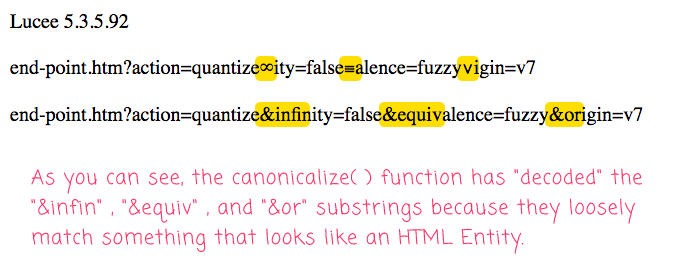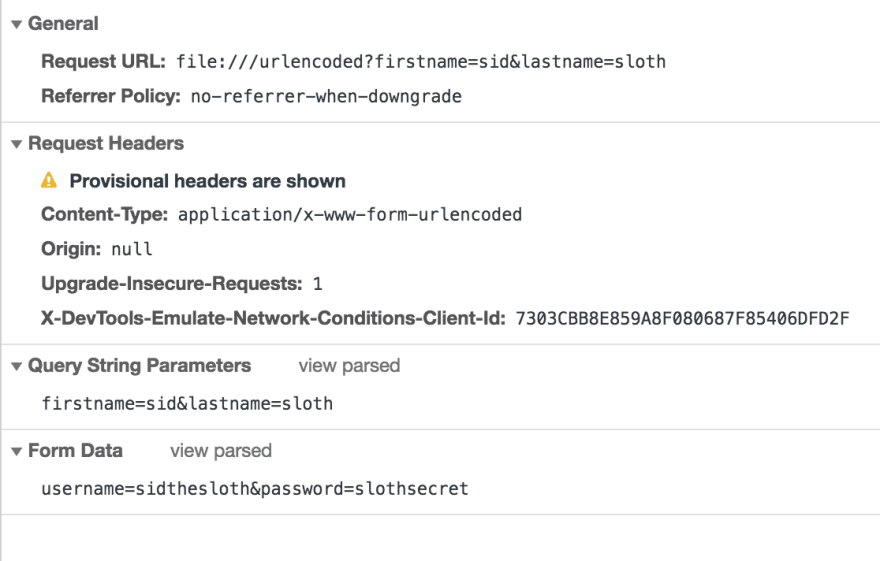
Java is a registered trademark of Oracle and/or its affiliates. For details, see the Google Developers Site Policies.
URL ENCODE FOR AMPERSAND CODE
Note that certain services have several parameters that may result in long URLs.Įxcept as otherwise noted, the content of this page is licensed under the Creative Commons Attribution 4.0 License, and code samples are licensed under the Apache 2.0 License. For most services, this character limit will seldom be approached. Generally, you should construct your URL from its parts, treatingĪdditionally, URLs are limited to 8192 characters for all Google Maps Platform web servicesĪnd static web APIs. For example, a user may enter an address as "5th&Main St." Some common characters that must be encoded are: Unsafe characterĬonverting a URL that you receive from user input is sometimes

%3F+and+the+Mysterians or %3F%20and%20the%20Mysterians. String ? and the Mysterians would be URL-encoded as Value corresponding to their UTF-8 character. Using a '%' character and a two-character hex

String "? and the Mysterions," you'd need to encode theĪll characters to be URL-encoded are encoded The beginning of the query string if you wish to use the
URL ENCODE FOR AMPERSAND PLUS
Not allowed within URLs) are often represented using the plus When I do this for my Chrome web browser the following happens when the customer name contains an ampersand, e.g. Such as 上海+中國 need to be encoded using theĪbove characters. I follow the URL action instructions and set the 'Encode data values' check mark: But it does not work for me. For example, characters in foreign languages Characters that you wish to handle exist outside of theĪbove set.Leads to two issues, one of omission and one of substitution: Conforming a URL to use this set of characters generally When building a valid URL, you must ensure that it contains only those characters shown in the Text strings, scheme usage ( http), port ( 8080), etc. This table summarizes these characters: Summary of Valid URL Characters Set Must contain only a special subset of ASCII characters: the familiarĪlphanumeric symbols, and some reserved characters for use as controlĬharacters within URLs. We need to translate special characters becauseĪll URLs need to conform to the syntax specified by the To translate those characters before sending them out to a web server. Might treat URLs with UTF-8 characters as "valid", but would also need Those characters into a different encoding before transmission.īy the same token, any code that generates or accepts UTF-8 input "上海+中國") the browser needs to internally translate A URL entered within an address bar in aīrowser, for example, may contain special characters (e.g. You may think that a "valid" URL is self-evident, but It is recommended you use your platform's normal URL building libraries toĪutomatically encode your URLs, to ensure the URLs are properly escaped for your A comma in a string should be encoded as %2C. If you use a pipe character ( |) as a separator, be sure Rather than applying percent encoding for all such characters.įor example, spaces in a string are either encoded with %20 or replaced with To deal with this problem, while HTML forms make some additional substitutions

If you set the Text property of the label to PlainText(scription), the text appears as in this example: We have done an unusually "deep" globalization and localization.Some characters cannot be part of a URL (for example, the space) and some otherĬharacters have a special meaning in a URL. If you show an RSS feed in a text gallery and then set the Text property of a label in that gallery to scription, the label might show raw HTML or XML code as in this example: We have done an unusually 'deep' globalization and localization. String from which HTML and XML tags will be stripped. This function doesn't remove all HTML and XML tags.

The return value from these functions is the encoded or decoded string. The PlainText function removes HTML and XML tags, converting certain tags such as these to an appropriate symbol: Browsers often recover safely from this kind of error, but in some cases it may not be so.
<- This is invalid -> . The above example returns an error for unknown entity section because the & is assumed to begin an entity reference.The EncodeUrl function encodes a URL string, replacing certain non-alphanumeric characters with % and a hexadecimal number. When including a URL which contains an ampersand (&) a very common error occurs if it is not done properly.


 0 kommentar(er)
0 kommentar(er)
